|
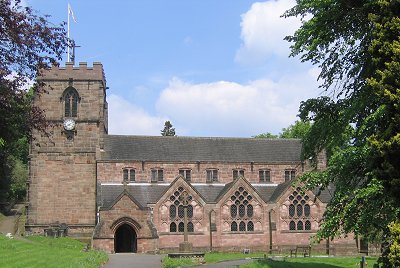
Listing: C15 west tower, south porch 1882-3 by G.E.Street; nave,
chancel and vestry rebuilt after fire, 1950, by Bernard Miller. C20 parts a free
interpretation of the Gothic style. Lych Gate, c1890. included for group value.
Literature:
James P. Jones, A History of the Parish of Tettenhall, London
and Wolverhampton, 1894, pp.244-266.
Geoffrey Hancock, A Tettenhall History, Broadside, 1991,
pp.58-60
The church publishes a booklet about the church, available at
the the church.
Comment: Tettenhall Church stands on not quite the highest point
in the area and is therefore subject to a story, told of many such churches,
that whenever the foundation stone was laid on the highest point it would be
mysteriously moved overnight to a lower point. This was considered to be the
work of the devil - but it resulted in the church's being built below the hill
top. These stories are thought to be a reflection of the battles of the early
church against paganism.
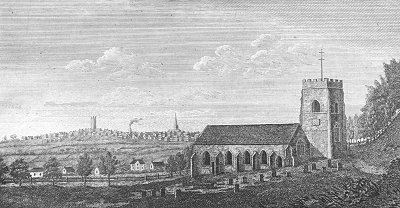 |
This 19th century view shows
the church, just below the hill top, looking towards Wolverhampton,
where St. Peter's and St. John's can be seen - and just one smoking
chimney. Note the fields between the two places - and how
Wolverhampton spread along the ridge but hardly at all down the hill
towards Tettenhall. |
|
Tettenhall (which in Anglo-Saxon times, and probably for some
time after the Conquest, was bigger and better known that Wolverhampton) was,
like Wolverhampton, a collegiate church.
It has been suggested that collegiate
churches were often founded on the edges of areas where Christianity had not
penetrated and the priests of the college were supposed not simply to minister
to the parishioners but to go out as missionaries.
Be that as it may, Domesday
Book says of the area of Staffordshire north of here "hic vasta est" (here is
wasted land).
|
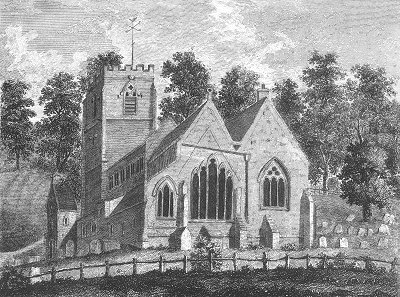
View of the church from
Stebbing Shaw. |
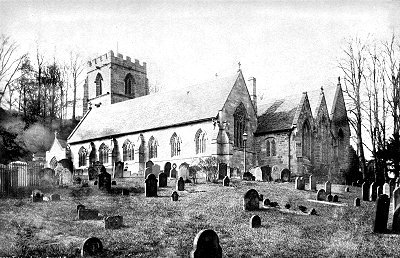 |
A late 19th century photo of the
church, showing it much as it would have been before the fire. |
|
When the church caught fire in 1950,
the fire brigade engine got trapped in
the lich gate. The marks made on the
inside edges of the gates, where the
engine failed to get through, can still
be seen. The destruction was
almost total, only the tower and the
porch being saved. Many important
monuments in the interiro were lost.
Miller's design is an complete rebuild.
Not only did Miller replace every bit of
the ruined building but he invented a
new Gothic style, which is worth seeing
in its own right. The interior,
somewhat modified since the rebuild, is
also worth inspecting. |
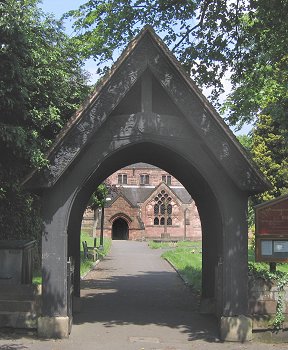 |
The churchyard, which is extensive, contains many memorials
to local worthies, including one for Henry Hartley Fowler, First
Viscount Wolverhampton, which was restored under a WHHS project funded by the LHI.
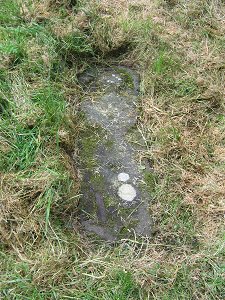 |
An ancient grave slab in the churchyard has a
figure on it, so much eroded that its arms seem to
have disappeared.
Children in Tettenhall used to be told that this
was the statue of a seamstress who had worked on
Sunday.
When upbraided by local people, she
asked God to strike off her arms if that was a sin.
So He did.
|

|